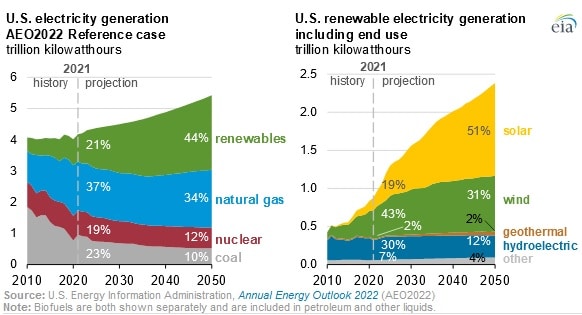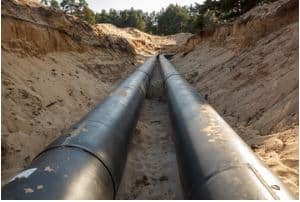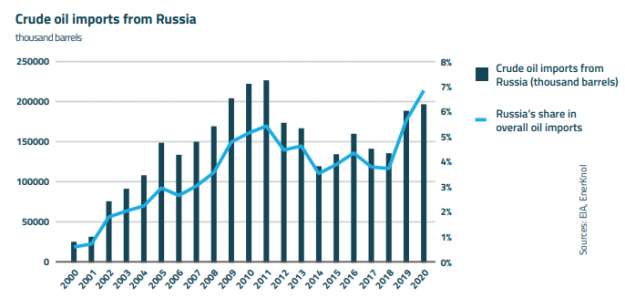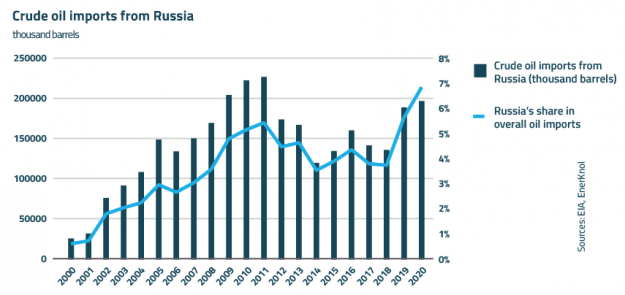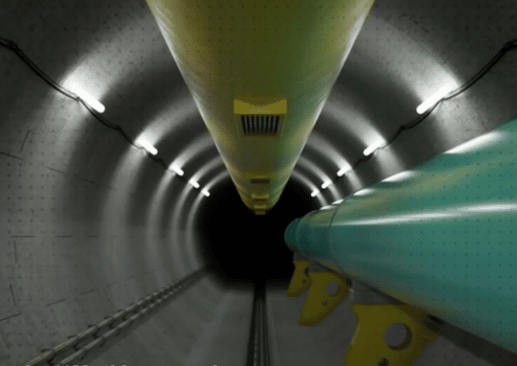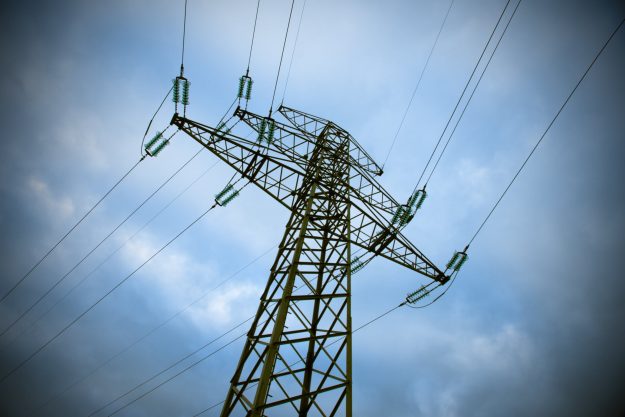Utilities, Business Groups Seek Judicial Review of Oregon’s Climate Protection Program
A coalition of businesses and trade groups including Avista Corp, NW Natural and Cascade Natural Gas filed a lawsuit with the Oregon Court of Appeals challenging the Climate Protection Program aimed to reduce greenhouse gas emissions from transportation fuels and natural gas starting in 2022. The Oregon Department of Environmental Quality adopted the program in…...

